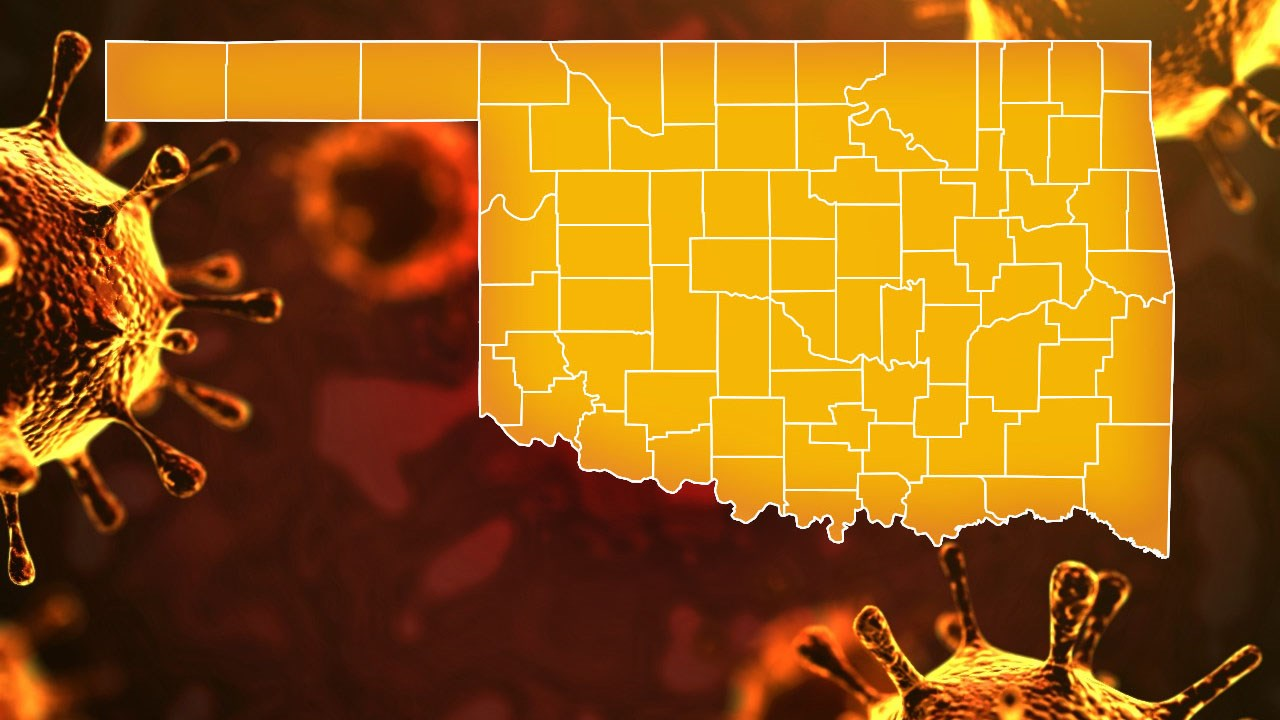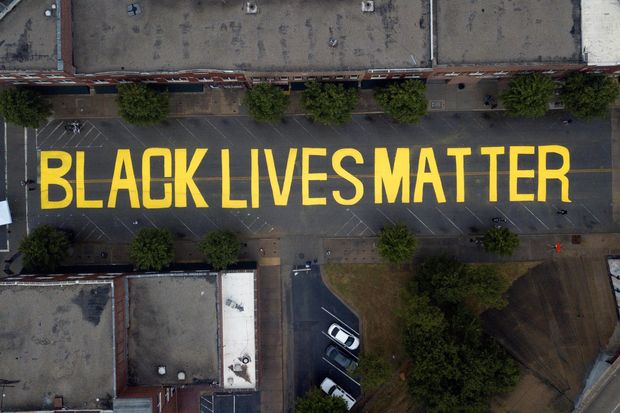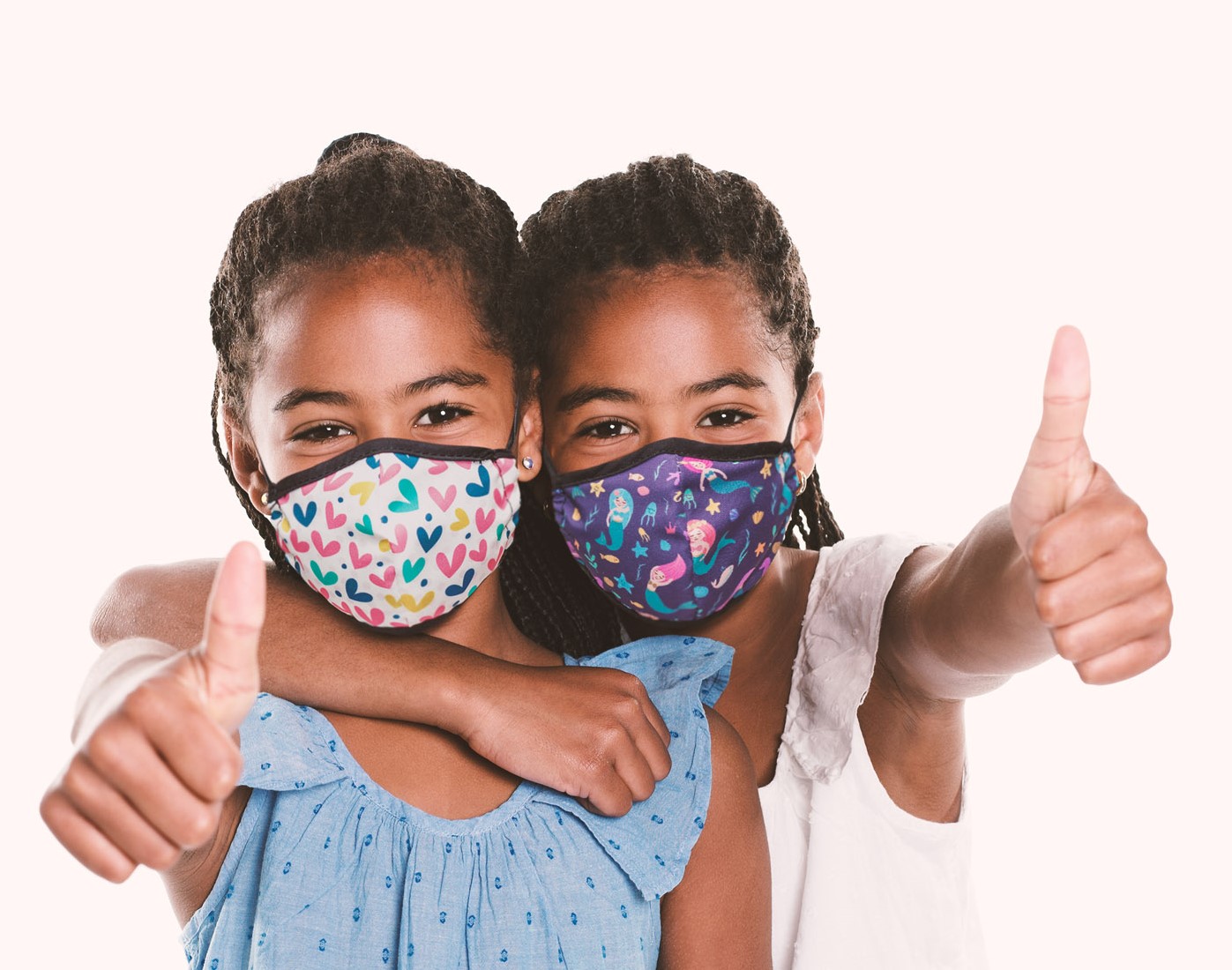
By The New York Times
There have been at least 22,813 cases of coronavirus in Oklahoma, according to a New York Times database. As of Thursday morning, at least 432 people had died.Sources: State and local health agencies and hospitals.
Cases by county
| CASES | PER 100,000 | DEATHS | PER 100,000 | WHEN CASES WERE…
FALLING
FLAT
RISING
|
|
|---|---|---|---|---|---|
| Oklahoma | 22,813 | 577 | 432 | 11 |
Mar. 1
July 15
|
| Tulsa | 5,626 | 863 | 79 | 12 |
 |
| Oklahoma | 5,591 | 701 | 76 | 10 |
 |
| Cleveland | 1,526 | 537 | 40 | 14 |
 |
| Texas | 1,007 | 5,039 | 6 | 30 |
 |
| McCurtain | 651 | 1,983 | 12 | 37 |
 |
| Canadian | 594 | 401 | 3 | 2 |
 |
| Comanche | 570 | 472 | 9 | 7 |
 |
| Payne | 493 | 603 | 2 | 2 |
 |
| Washington | 474 | 920 | 39 | 76 |
 |
| Wagoner | 410 | 504 | 19 | 23 |
 |
About this data
The New York Times is engaged in a comprehensive effort to track details about every reported case in the United States, collecting information from federal, state and local officials around the clock. The numbers in this article are being updated several times a day based on the latest information our journalists are gathering from around the country.
We’re tracking what has reopened in Oklahoma »
In data for the United States, The Times is now including cases and deaths that have been identified by public health officials as probable coronavirus patients. Some states and counties only report figures in which a coronavirus infection was confirmed through testing. Because confirmed cases are widely considered to be an undercount of the true toll, some state and local governments have started identifying probable cases and deaths using criteria that were developed by states and the federal government.
Confirmed cases and deaths are counts of individuals whose coronavirus infections were confirmed by a laboratory test. Probable cases and deaths count individuals who did not have a confirmed test but were evaluated using criteria developed by national and local governments. Some governments are reporting only confirmed cases, while others are reporting both confirmed and probable numbers. And there is also another set of governments that are reporting the two types of numbers combined without providing a way to separate the confirmed from the probable. The Times is now using the total of confirmed and probable counts when they are available individually or combined. Otherwise only the confirmed count will be shown.
Governments often revise data or report a large increase in cases on a single day without historical revisions, which can cause an irregular pattern in the daily reported figures. The Times is excluding these anomalies from seven-day averages when possible.
Read more about the methodology and download county-level data for coronavirus cases in the United States from The New York Times on GitHub.
Tracking the Coronavirus
Countries
State by state
- Alabama
- Alaska
- Arizona
- Arkansas
- California
- Colorado
- Connecticut
- Delaware
- Florida
- Georgia
- Hawaii
- Idaho
- Illinois
- Indiana
- Iowa
- Kansas
- Kentucky
- Louisiana
- Maine
- Maryland
- Massachusetts
- Michigan
- Minnesota
- Mississippi
- Missouri
- Montana
- Nebraska
- Nevada
- New Hampshire
- New Jersey
- New Mexico
- New York
- North Carolina
- North Dakota
- Ohio
- Oklahoma
- Oregon
- Pennsylvania
- Puerto Rico
- Rhode Island
- South Carolina
- South Dakota
- Tennessee
- Texas
- Utah
- Vermont
- Virginia
- Washington
- Washington, D.C.
- West Virginia
- Wisconsin
- Wyoming
What you can do
Experts’ understanding of how the Covid-19 works is growing. It seems that there are four factors that most likely play a role: how close you get to an infected person; how long you are near that person; whether that person expels viral droplets on or near you; and how much you touch your face afterwards.
You can help reduce your risk and do your part to protect others by following some basic steps:
Keep your distance from others. Stay at least six feet away from people outside your household as much as possible.
Wash your hands often. Anytime you come in contact with a surface outside your home, scrub with soap for at least 20 seconds, rinse and then dry your hands with a clean towel.
Avoid touching your face. The virus primarily spreads when contaminated hands touch our nose or mouth or eyes. Try to keep your hands away from your face unless you have just recently washed them.
Wear a mask outside your home. A mask protects others from any potential infection from you. The more people who wear masks, the more we all stay safer.
Here’s a complete guide on how you can prepare for the coronavirus outbreak.
For the entire article go to:











